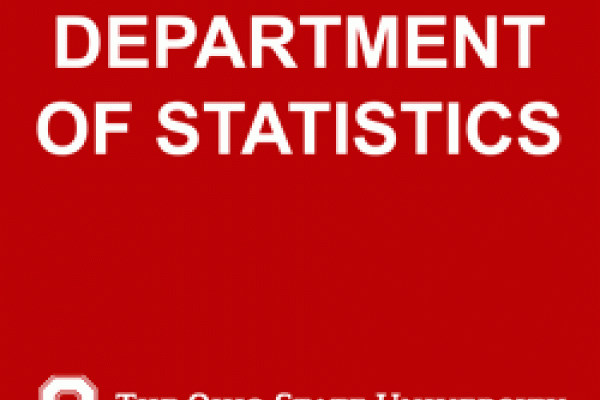
Title
Educational surveys, plausible values and Goldilocks
Speaker
Brian Junker, Carnegie Mellon University
Abstract
Statistical analyses of large scale educational surveys such as NAEP, TIMSS, etc., incorporate multiple imputations, or "plausible values", to make inferences related to latent proficiency variables. Plausible values (Mislevy, 1991) are random draws from the posterior distribution of the latent proficiency variable, given a set of demographic and other variables in a "conditioning model". What variables should the survey agency include in the conditioning model? When the latent proficiency variable is the dependent variable in an analysis, the conditioning model is well understood, and standard methodology exists for building the conditioning model. When the latent proficiency variable is an independent variable, however, it is not clear what should be in the conditioning model. In this somewhat informal talk, I will review these ideas and propose an answer for the independent variable case, which suggests that there is not a generic "one size fits all" set of plausible values that survey institutions can publish for all secondary analysts.
